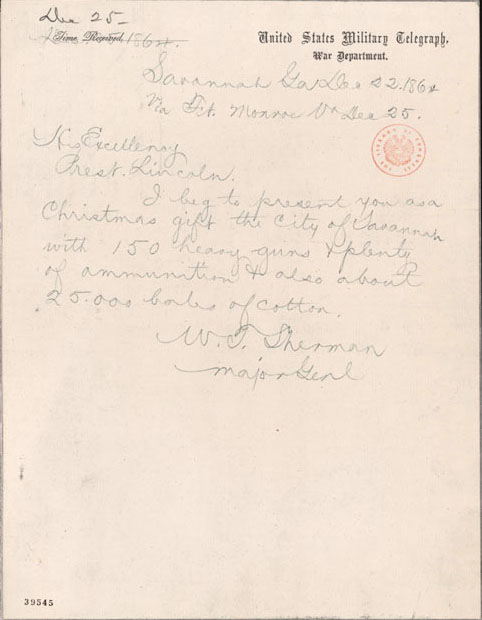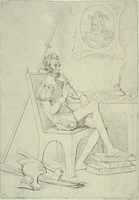Today is the anniversary of Lincoln’s death, the process of which started the night before at Ford’s Theater, and ended across the street at the Petersen House. This year, both events and locations have been commemorated in a newly expanded museum housed in the building adjoining the House Where Lincoln Died.
Wait a minute, you might think. Education and leadership? The Civil War is barely over. Lincoln is dead. The nation is in shock. How do we get from there to a “center for education and leadership”? I have questions about that, but before exploring the quirks of contemporary commemoration, it is worth paying tribute to what has been accomplished. Lincoln has long been at the heart of the capital city: the National Mall is an affirmation of the Union he championed, the Lincoln Memorial on one end, and the Ulysses S. Grant Memorial on the other. But there was, until recently, no extensive exhibition here about Lincoln and his times. Ford’s Theater, Mr. Tetreault explained, used to be a brief stopping point.
Now, with these exhibitions, Lincoln has found a home in a place best known for his death. With the historian Richard Norton Smith as adviser, and displays designed by Split Rock Studios and Northern Light Productions, Mr. Tetreault has given visitors a grounding in the history of Lincoln’s time, a sense of the melodrama of his murder and an affirmation of Lincoln’s influence.
The biography is omitted — for that you should visit the Abraham Lincoln Presidential Library and Museum in Springfield, Ill., which turns his life into a series of special effects and tableaus — and his ideas could be more fervently explored, but there may be no better survey of Lincoln than the one offered here. The emphasis is not on artifacts, though you can see the ring of keys found on Booth’s body and other objects. But the exhibition succeeds because of a careful narrative, well-chosen images and informative touch screens; the new completes the old.
I keep putting off my trip to Washington, and keep finding articles like this chastising me and reminding that this is a bad decision!
http://www.nytimes.com/2012/02/11/arts/design/lincolns-legacy-at-expanded-fords-theater-complex.html?_r=1


